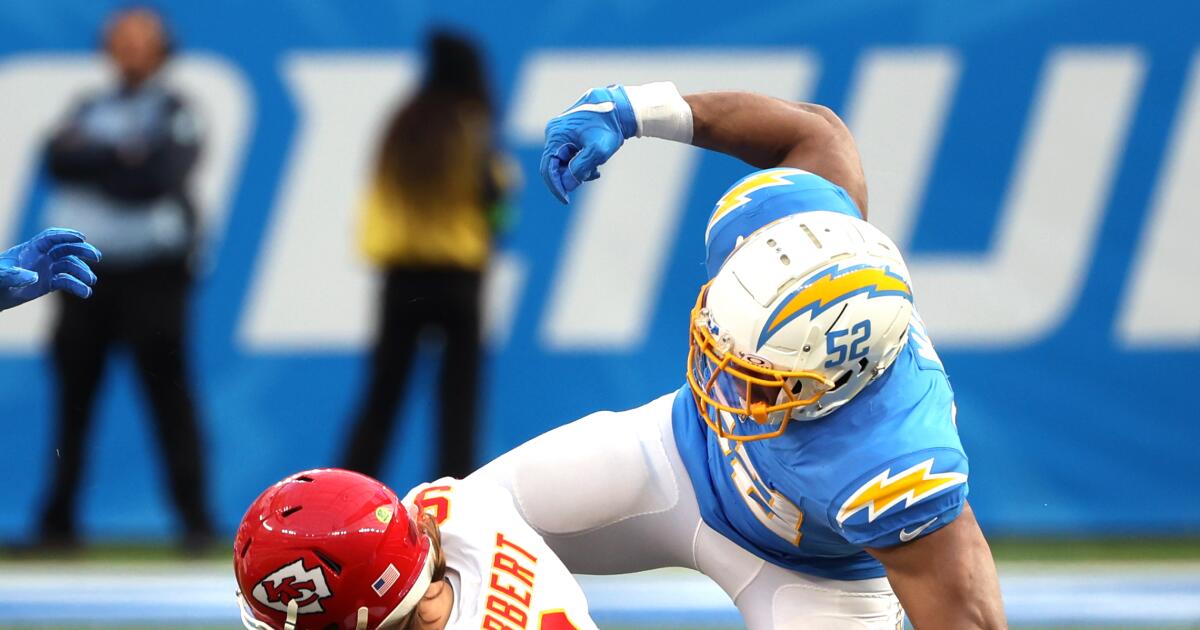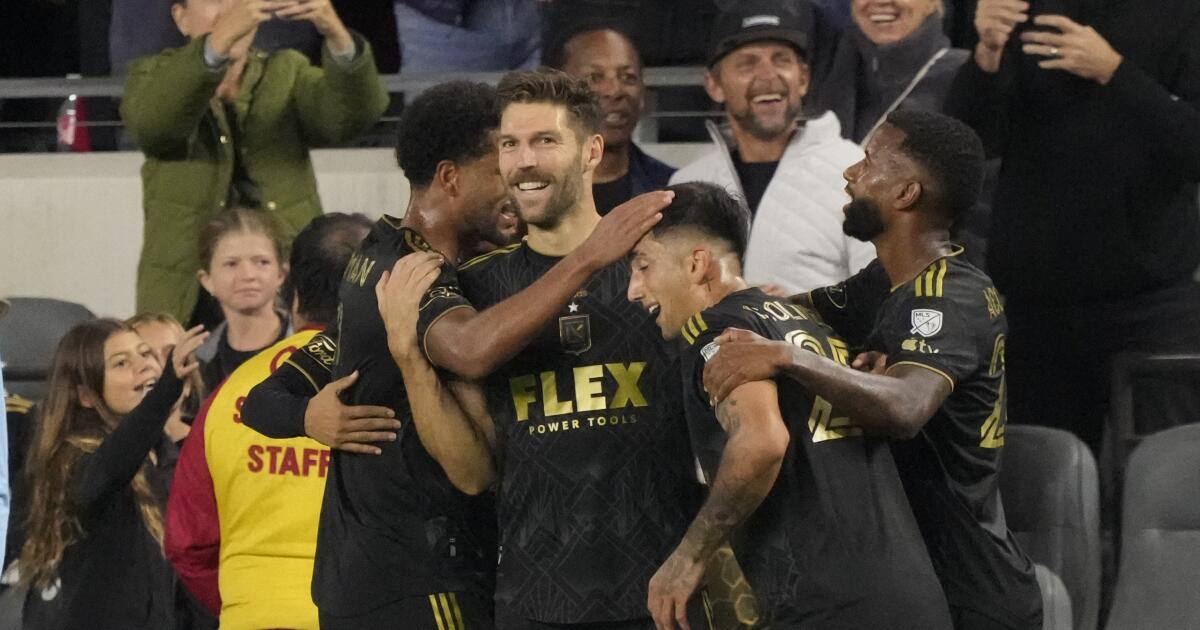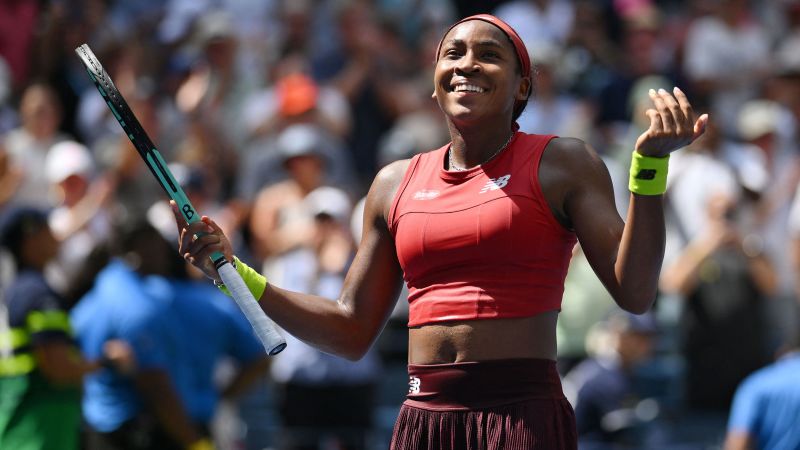Even in Michigan, the land of ‘Go Blue,’ tackle football is slipping
The Wolverines now have their biggest opportunity in decades: a chance Monday to win a national title, the program’s first since 1997. But beneath the glory of Michigan’s most prominent college team and despite the legions of maize-wearing football fanatics, the state’s grass-roots tackle football participation is declining.
Over the past decade, nearly every state’s high school football participation rate has fallen, according to a recent Washington Post analysis of survey data from the National Federation of State High School Associations. And Michigan’s drop of about 13 percent, adjusted for public high school enrollment, is larger than that of the nation as a whole (10 percent).
Many other states — including Washington, home of Michigan’s opponent Monday — have had similar participation declines. Experts blame the downward trend on safety concerns because of the game’s link to brain damage as well as sport specialization, digital distractions and the rise in the number of activities available to children.
In Michigan, roughly 7,700 fewer high school boys played 11-man football in 2022 than a decade earlier — a staggering drop that is larger than the loss of participants in every state except California and North Carolina.
The number of students at public high schools in Michigan has also fallen, and the state’s football talent pool remains large — more than 32,000 high school players, the eighth most in the country — because of its relatively high population. High-schoolers in Michigan still play football at a rate slightly higher than in the nation as a whole. But it’s an uneven landscape, emblematic of trends in other parts of the Midwest, with some small-town schools struggling to field teams, leading to canceled games and seasons, while powerhouse programs continue to produce elite prospects.
Aaron Marshall has had the luxury of coaching at programs where roster size hasn’t been an issue. He recently left suburban powerhouse Southfield High outside of Detroit, where he won the state championship this past fall, to take over head coaching duties at Brother Rice in nearby Bloomfield Hills, a storied program with nine state titles since 1977. But dwindling statewide participation in the sport has still affected his teams.
“Every year, my freshman team has had to find [an opponent] because the team we were playing that week didn’t have a freshman team,” Marshall said. “I see it happening more every year. It’s like, ‘Oh, there goes another school that dropped freshman football.’ ”
At Eaton Rapids High, in a town of just over 5,000 people, Coach Wayne Dismuke scrambled to recruit enough players ahead of the 2023 season — a “very difficult” task, he said, as boys in his community choose other sports over football or join the workforce.
“I do feel like if we don’t get behind this, eventually high school football could phase out [in] certain states,” said Dismuke, whose varsity team of about 22 players finished 1-8.
Some schools have shifted to eight-man football amid the participation decline; Michigan had around 2,600 high school boys play that version of the sport in 2022, nearly four times as many participants as a decade earlier.
Meanwhile, the state’s high school basketball participation has hardly budged. Nationally, football participation nearly doubles that of boys’ basketball, but in Michigan, there were just 1.6 football players for every basketball player in 2022. (In some southern states, such as South Carolina, Texas and Georgia, football had close to three times as many participants as basketball.)
Football’s declining youth participation, in Michigan and elsewhere, stands in stark contrast to the college and professional game’s massive audience. The University of Michigan led the NCAA in 2023 with an average attendance of nearly 110,000 at home games, and the Wolverines’ thrilling CFP semifinal win over Alabama in the Rose Bowl garnered 27.2 million viewers, according to ESPN.
“Our community loves football,” said Tim Wooer, the coach at Kingsley High in a rural part of northern Michigan. “Schools that are thriving, and even where they’re struggling — there’s still a love for the game of football in the state of Michigan.”
Michigan’s falling football participation probably won’t affect the prominent in-state college programs because there are still plenty of sought-after recruits locally and more than 1 million high school players nationally. Plus, the athletes a team targets in recruiting are influenced by the coaching staff’s regional ties, the success of the program and the reach of the team’s brand.
Just before Harbaugh took over at Michigan in 2015, in-state athletes accounted for about 43 percent of the roster and three-quarters of the players were from Midwestern states. Harbaugh has transformed the roster into one with just 24 percent of players from Michigan and 42 percent from the Midwest. Harbaugh has far fewer in-state players than Michigan State, which trails the Wolverines in terms of recent and historical success.
“I think [Harbaugh] just wants the best players, period,” said Marshall, the coach at Brother Rice. “It’s more a matter of ‘Let’s get the best kids, no matter where they are’ — because he has that kind of recruiting budget. And when you’re competing against the Alabamas and Georgias and Ohio States — those teams have unlimited recruiting budgets — you have to be right there with them to compete.”
In general, the more successful college programs are better able to attract prospects nationwide, and a wide net in recruiting gives coaches a deeper pool of top high school players.
Thomas Wilcher, who coached Detroit powerhouse Cass Technical High for 24 years and then served as Michigan State’s director of community and high school relations until last year, said: “I’m not saying Michigan schools shouldn’t choose Michigan athletes. If Michigan comes to [sign] you, they want you because you can play there. But you want to be diverse, and you have to look at who fits your program. It’s a numbers game.”
The Wolverines lean on some in-state players, but this year’s roster was largely built with far-flung pieces: a quarterback from outside Chicago, a prolific running back from Virginia, a defensive back who was born in Haiti and grew up in Massachusetts, a defensive standout from California and so on. And with those players at the forefront, Michigan became one of just four schools not from the South to reach the championship game in the playoff era.
Michigan’s roster construction, some high school coaches said, might simply be the byproduct of the program’s ambition to land the nation’s top players. But the state’s falling participation — tumbling at a rate faster than the country’s as a whole — could gradually weaken the pool of nearby talent.
“If the market is smaller, there’s probably less opportunity to pull from,” said Adam Korzeniewski, Williams’s predecessor as Brother Rice’s coach and now the school’s associate athletic director. “Could that be coupled with [Michigan] having the resources to go outside the state and turn over every stone? Sure. But there’s no question that, if the market you’re operating in is a shrinking market, you’re probably going to take more kids from out of market.”







